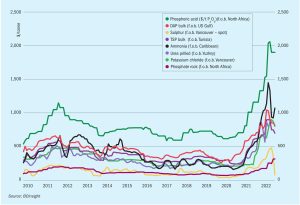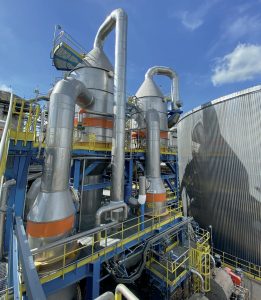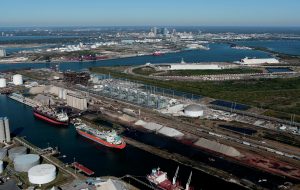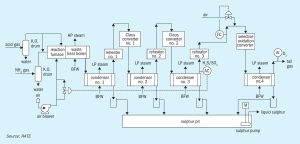
Market Insight
Market Insight courtesy of Argus Media

Market Insight courtesy of Argus Media

Effective and efficient wastewater management is a vital task that is being aided by the introduction of new treatment technologies. The recovery of economically-valuable nutrients from wastewaters is another priority.

In a major blow to the British fertilizer industry, CF Fertilisers UK announced the closure of its Ince production site in north-west England in June (see p8). Ince is the UK’s largest compound fertilizer producer, operating three NPK+S units. It also manufactures large volumes of ammonium nitrate (AN) for Britain’s farmers. At the heart of the Cheshire complex is Ince’s long-standing ammonia plant. Unfortunately, high natural gas costs have kept this shuttered since September last year.

CF Fertilisers UK is to permanently close its fertilizer production site at Ince in north west England with the potential loss of 238 jobs.

Some 410 delegates from 208 companies and 45 countries participated virtually in the IFA Global Sustainability Conference, 28-31 March 2022. We report on the main highlights of this four-day event.

Market Insight courtesy of Argus Media

A selection of innovative products and technologies that have recently been brought to market.

The Sulphur Institute’s (TSI’s) annual Sulphur World Symposium was held in Tampa, Florida this year, from May 9th-11th.

M. Rameshni and S. Santo of Rameshni & Associated Technology & Engineering (RATE USA) report on advanced catalysts for increasing the sulphur recovery efficiency of new and existing sulphur recovery units to meet stricter environmental regulations.

Market Insight courtesy of Argus Media